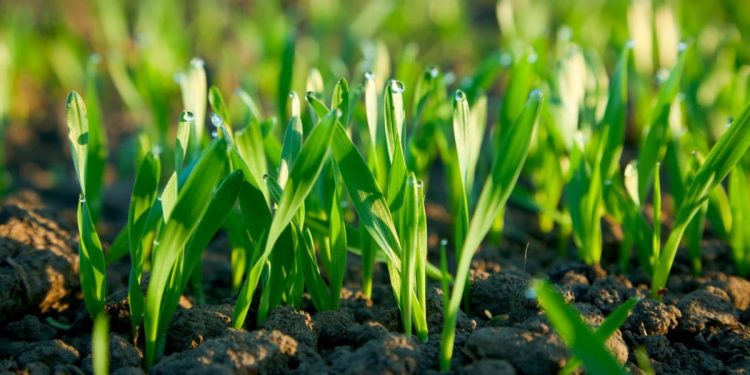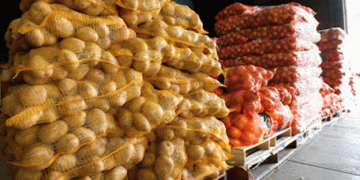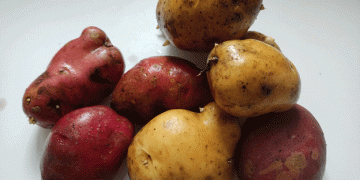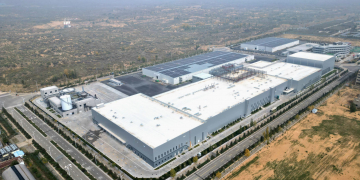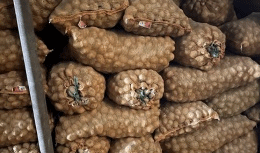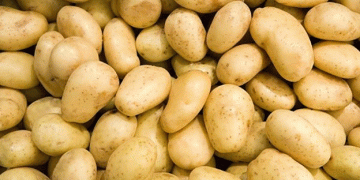Agroholding “STEP” within a few years has increased six times the area of arable land cultivated according to the No-Till soil protection technology. The zero tillage system is used in two regions where Agroholding operates: the Rostov Region and the Stavropol Territory.
No-Till technology is a method of tillage, which implies a complete rejection of plowing. Instead, the soil is covered with crushed plant remains – mulch, that is, organic material. No-till technology involves optimizing the use of means of production and minimal impact on the soil. Due to this, the number of mechanical operations is halved on average, and fuel consumption is reduced by up to 60%, which helps to minimize the impact on the natural ecosystem.
Soil protection No-Till technology resists water and wind erosion, increases the reserves of productive moisture, promotes the activation of microflora and improves soil biodynamics. The result is the preservation and increase of soil fertility.
The most important part of the “No-till” technology is the use of specialized agricultural equipment – sowing complexes for direct sowing, injectors, energy-saturated tractors. In Russia, the production of a number of equipment that is necessary for the introduction of No-Till technology has already been launched; as part of its own import substitution strategy, Steppe AgroHolding, together with partners, is developing a sowing complex for row crops cultivated using no-till technology. Previously, such equipment on the market was represented only by foreign manufacturers.
Andrey Neduzhko, General Director of Agroholding STEP:
“The qualitative transformation of agribusiness in Russia is directly related to the realization of the huge potential of innovative technologies. The application and scaling up of efficient agricultural technologies is one of the key factors in the development of agricultural companies. Implementation of the best industry practices allows STEPEP AgroHolding not only to increase productivity and operational efficiency, but also to minimize environmental impact and maintain soil fertility.
